It all started when J.C. Lopez-Johnston’s father brought him home rubber snakes when he was a boy in Venezuela. Although he doesn’t know why his father chose to bring him this type of toy, it changed his life forever. In 1986 for his 18th birthday, instead of getting a driver’s license, J.C. asked for a vine snake to keep in his bedroom. That was followed by coral snakes, racers, rattlesnakes, fer-de-lance snakes, boas, and tree snakes, among others. By 1992, well into his career in biology, he got a Nikon FG camera to document his work and field trips. Having already handled snakes for five years at that time, he found himself drawn to working specifically with snake venoms.
Not only are snakes creatures of beauty to J.C., but his work with them comes from a deeper sense of responsibility. “In tropical countries, from Mexico down to South America, snake bites are an important epidemiological problem,” he says. “It’s a serious health concern, especially in agricultural areas, and is linked to social and economic issues around the world. In Australia, 90% of the snakes there have venom capable of killing humans, but the snake bite incidents are very low. In Venezuela, 10% of the snakes are capable of killing people, but bite incidents are very high. The difference is due to proper education. In India a lot of people are killed every year, also. Because of this, I started to do workshops in Venezuela.”
When asked about his beautiful images of snakes, J.C. explains how his mission to educate drove him deeper into photography. “I wanted to portray snakes in a different way. Scientists can be very dry when presenting data. They present the animal, the scales, but with no sense of aesthetics. I truly believe as a scientist you can add extra value to your work. You can show a physiologically-proper documentation of a snake, but it can also be artwork. Before Jacques Daguerre and William Fox Talbot, explorers and scientists like Alexander von Humbolt had no cameras. They had to draw, and drawings are artwork. They made biological records on physiology, but it was artwork because they were accomplished painters.”
To help create the art of subjects he loves, J.C. specifically turned to Sekonic and PocketWizard. Although he also photographs people, events, and landscapes, his studio lighting equipment is set-up for the purpose of documenting snakes. He uses seamless white or black fabric for backdrop and on a table. “I put the snake on there and try to convince him to please stay there and smile for me,” J.C. laughs. With slide film’s notoriously low tolerance for incorrect exposure, he relies on his Sekonic Flash Master L-358. PocketWizard Plus Radio Triggers are also critical to this set-up, he reports. His main lenses are the Micro Nikon 105mm f/2.8D and the Sigma 70-300mm f/4 APO Macro “because I don’t want to get too close to the snake,” he says, grinning.
Between 2005 and 2007 as the curator and supervisor of the Natural Toxins Research Center serpentarium at Texas A&M University-Kingsville, J.C. had many duties, including extracting venom, medicating ill snakes, and practicing snake husbandry. His main focus, however, is venom research. Along with his science credentials, J.C. holds a degree in Professional Photography from the New York Institute of Photography.
Currently working on a book for the center, J.C. will continue to shoot his silent subjects with careful handling and PocketWizards. Primarily, he shoots slide film. When asked about shooting film versus digitally, he states “with my snakes, I hope Fuji Film will not let me down by stopping production of film, particularly Fujichrome Velvia 100 ISO. With digital cameras, you have the freedom to be careless. With slides, I tend to think carefully, waiting for a decisive moment before I shoot.” Looking to the future, J.C. sees himself photographing snakes with a film-based medium format camera, possibly Mamiya. No matter the format, J.C. will continue to bring photographic art to scientific documentation.
J.C. Lopez-Johnston: http://www.lopezjohnston.com/
J.C. Lopez-Johnston Photography at photo.net: http://photo.net/photos/lopezjohnston
J.C. Lopez-Johnston Blog: http://lopezjohnston.blogspot.com/
J.C. Lopez-Johnston at the Natural Toxins Research Center: http://www.ntrc.tamuk.edu/NTRCPersonnelBios/Lopez_Juan.swf
The Natural Toxins Research Center: http://www.ntrc.tamuk.edu/
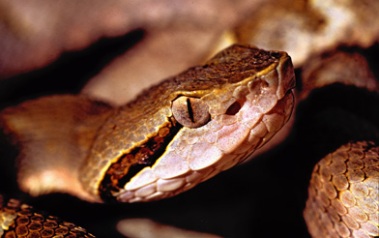

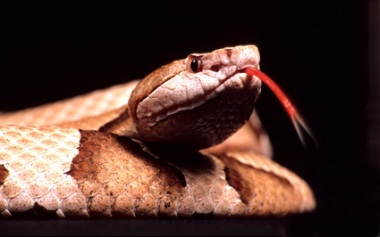

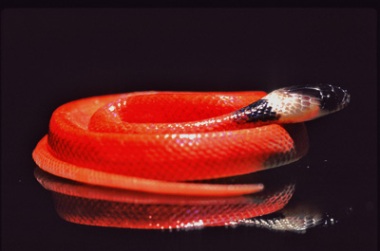
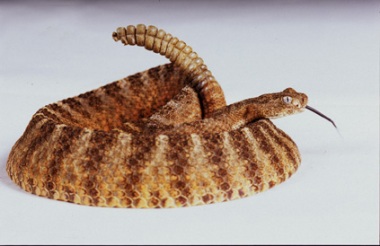
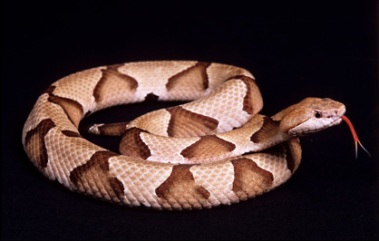

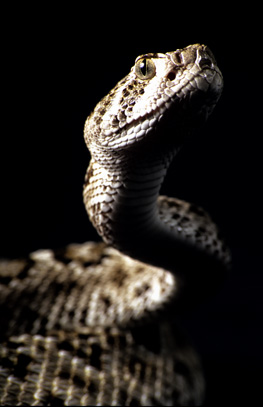
 In our ongoing series of
In our ongoing series of 




You must be logged in to post a comment.